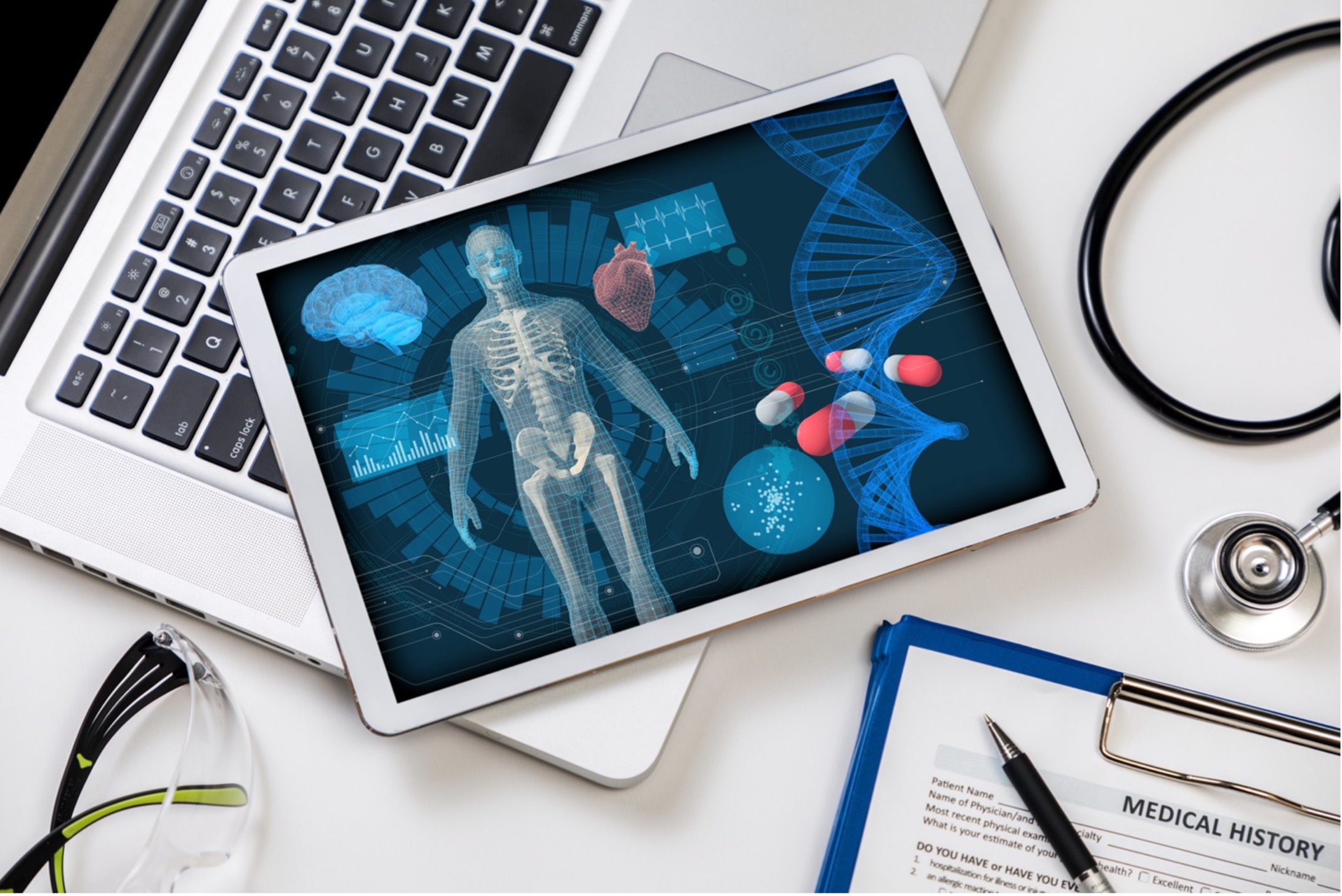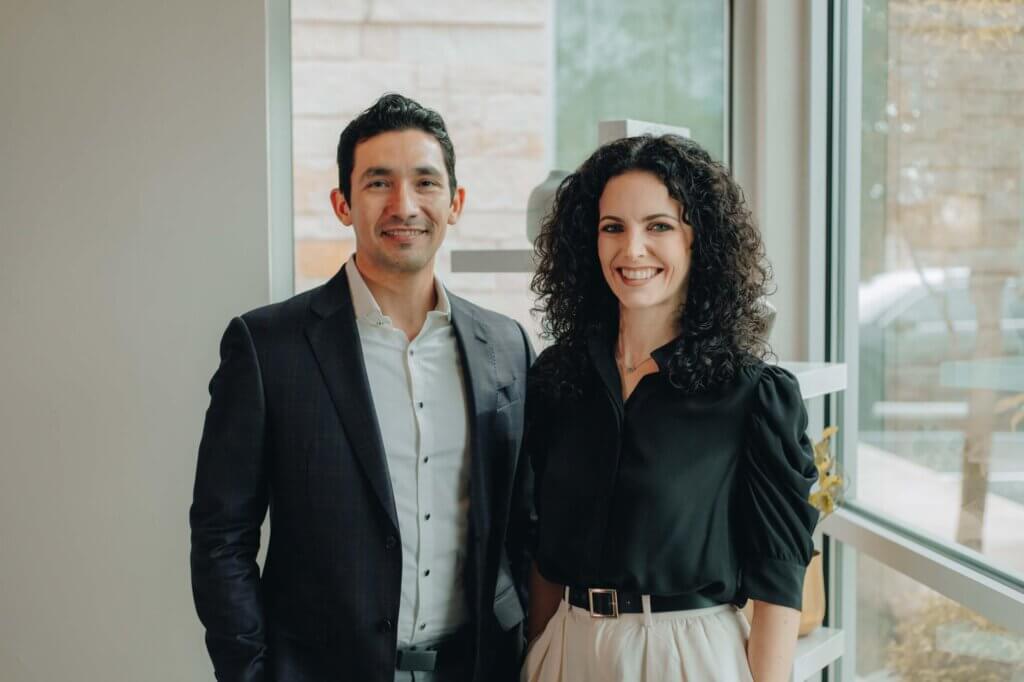What if you could see the inner workings of your body and stop disease ahead of time? Fortunately, that’s where 3D body scan technology comes into play.
Research shows that the 3D body scanning market was valued at more than $131 million in 2022, and worldwide scanner sales are expected to increase nearly 15% during the next half-decade.
Are you wondering how a body scan can help you understand your body better? Let’s explore five uses of a 3D body scan for your health.
3D Body Scan: What Is It?
A 3D body scan is a medical imaging procedure that can show you what is happening throughout your whole body. 3D body scanners are like X-ray machines but are less invasive.
A 3D body scanner captures your shape in the form of a point cloud — a collection of small points. These points are plotted in three dimensions.
Compared with traditional photos, point clouds are more accurate for determining your body’s depth. A scanner may be able to measure body structures to a margin of error of 1% if the scans aren’t interrupted.
This is also true if the scans are performed without the interference of outside variables. These include, for example, dirty lenses and harsh lighting.
3D scans are especially handy because they are faster and more comfortable than other types of body scans, like DEXA or ERCP scans. Patients also don’t have to worry about wearing hospital gowns when undergoing 3D scanning.
The Styku Scanner
The Styku Scanner is an especially popular scanner option. With this scanner, your doctor can create a 3D image of your body in seconds. The scanner is simple to use: It includes a 3D camera and a turntable.
This scanner can analyze several hundred body measurements, like your thigh, hip, and waist, with an error rate of under 1%. In just 35 seconds, your doctor can produce millions of body measurements with two-millimeter accuracy.
Doctors can zoom, pan, and rotate the 3D scanner to create an image of your body where they can visualize landmarks and your shape.
This can help with performing shape analysis, which involves analyzing your profile and silhouette. Doctors can also determine your waist-hip ratio, which is an accurate way of determining body fat proportions. The scan can help with viewing shape asymmetries, too.
The Styku Scanner can help your doctor perform accurate fat analysis more consistently than other methods as well.
For instance, this 3D body scanner can be more accurate than calipers and bioelectrical impedance analysis, or BIA. BIA uses how quickly electrical currents go through patients’ bodies to measure their body composition.
This scanner stands out for its convenience as well. That’s because the scanner allows you to view your data analytics, manage your 3D scan account and set your preferences from any place on the globe.
Let’s dive into how 3D body scans, including the Styku Scanner, can help you embrace healthy living.
1. Information About Your Body Composition
A 3D body scan for your health can give you detailed information about your body composition. This information includes your body’s fat percentage. It also includes your fat mass versus your lean muscle.
The Styku Scanner is especially precise when calculating body fat percentage, as it uses your body’s measurements to calculate the percentage. This is important because these measurements are connected to obesity-related diseases (more on this next).
With this information, you and your preventive care service provider can help you set an actionable goal to get healthier and remain disease free. They can create an individualized wellness and health plan that includes the healthy lifestyle changes needed to prevent disease. These changes include exercise and diet.
For instance, the Styku Scanner can help you and your doctor set your desired lifestyle change goals for weight loss, activity level, and burn rate.
Weight-loss professionals and bariatric surgeons are among the biggest users of the Styku Scanner. They can use this scanner to track their patients’ progress using accurate and precise measurements.
Diet
For instance, let’s say your body composition scans show you are obese. Your doctor may recommend you adopt a whole food plant-based (WFPB) meal plan.
As part of this diet, you would consume high-carb whole plants, like legumes, starchy vegetables, and grains. You would also eat fresh fruit as well as some seeds and nuts.
This diet excludes sources of animal protein, like dairy and fish. In addition, you would have to minimize your intake of processed foods containing few nutrients and little fiber. You should likewise avoid added salt and sugars as much as possible.
The WFPB diet also prohibits the use of oil, like coconut oil and olive oil.
This type of diet may reduce your chronic disease risk. Examples of these types of diseases include diabetes, stroke, and heart disease.
Your primary care doctor might also encourage you to exercise regularly. This can further improve your health and make you less likely to develop a chronic disease.
The doctor can use your 3D body scan — your baseline — to accurately and objectively see how you improve with time. As your doctor learns how your exercise regimen has impacted your body, they may suggest changes to help you reach your goal.
Exercise
Physical inactivity is a major health problem in the US. Unfortunately, people aren’t always honest in their medical self-evaluations. In addition, a wrist fitness tracker may be faulty.
Scales can also be problematic. That’s because a scale generally can’t tell you how much of your weight is due to fat versus muscle, for example. In addition, a weight scale may mislead people into thinking they’re making no progress in their weight loss goals.
However, 3D body scans like the Styku Scanner can give you accurate data about your fitness level, so it’s perfect for fitness tracking. A brief scan can give you a full picture of your muscle amount, body shape, weight, and height. You can see differences in the shape of your body over time in 3D.
This is valuable because nothing’s more motivating and illustrative for patients than seeing their bodies’ shapes transform with the help of 3D body scans.
Also, the challenge with relying on traditional body mass index charts is that they don’t factor in outlying age or size differences. This means healthy people may be mistakenly diagnosed as overweight.
However, 3D scans take people’s muscle and body fat percentages into account before comparing their data with other people who are the same age and height. These scans also factor in these individuals’ postures and visible bone structures.
In addition, the scans may show you how specific areas of your body compare with others in terms of body and muscle content. These areas may include your thigh, waist, and hip.
This can lead to a more accurate and realistic measure of your physical needs and how much you’re progressing in your goal to be healthier.
2. Creating Prosthetics and More
3D body scans can be used for prosthetics as well. That’s because medical professionals can use the results of 3D body scans to create 3D-printed medical tools and molds for corrective treatments.
For instance, these scans may help with fitting a patient’s new limb to make sure they are efficient, durable, and comfortable. They can also help with measuring out the fittings needed for an orthopedic aid for joints, as well as casts for broken bones.
3. Information About Posture and Balance
A 3D body scan can give you and your doctor in-depth information about your posture and balance, too.
This may especially be helpful if you are an athlete in training. It might also be useful if you have a workplace injury or are recovering from an injury through physical therapy (more on this later).
Tracking your scan data related to posture and balance may empower you to be more engaged in your training or recovery. You and your doctor could map out next steps and keep checking off the milestones you achieve as you evaluate your progress.
4. Benchmarking Support
Another way a 3D body scan can benefit your health is through benchmarking.
3D body scans take in invaluable data from patients. This may provide helpful information to add to current statistics on the average human body’s benchmarks.
This may contribute to medicine and science long term by helping doctors uncover important things about the body.
This does pose privacy concerns, though. This is why patients should agree to have their particular data points added to average body benchmark statistics.
5. Diagnosing and Treating Health Issues
3D body scans can also be useful for diagnosing and treating medical problems.
For instance, your doctor can use your 3D scan results to diagnose skin-related problems such as infections and diseases. A 3D scan may also detect a deformity that may not have been found otherwise.
Your doctor can also use 3D scans to diagnose issues like scoliosis or low bone mass/density. The scans’ data may help doctors better determine how to care for their patients.
For instance, let’s say you’ve suffered serious burns. Scans may help your doctor figure out how much medicine you need to avoid severe complications.
Scans can also help your doctor to continue to monitor how your body responds to medication. They can then adjust your medication as needed.
Diagnosing Issues in Organs
With 3D scanners, medical professionals can rotate and look at certain parts of a patient’s body to find problem areas. These areas may include the following tissues and organs in the abdomen, for example:
- Gallbladder
- Spleen
- Kidneys
- Liver
- Bile ducts
- Pancreas
By visualizing the body’s interior structures, doctors can more easily check for underlying causes of gallbladder, liver, or pancreatic problems. For example, they may check for kidney stones and tumors.
Scans are especially helpful for detecting tumors because tumors may develop in areas where they are hard to detect, like pancreatic and bile ducts. Scans can help doctors decide whether a patient will need surgery to remove the tumors.
Elective Procedures
3D scans may furthermore help patients seeking elective surgeries, like aesthetic-enhancing treatments. That’s because dermatologists and plastic surgeons may use these scans to determine problem areas. They can then localize their surgeries and treatments.
For instance, aesthetics professionals, dermatologists, and plastic surgeons can use the Styku Scanner to determine how effective a body contouring device is. The before-and-after images that the scanner produces can illustrate changes in a patient’s appearance.
Curing Misdiagnoses
Doctors can use 3D scans to eliminate inaccurate diagnoses more quickly. This is because the scans can help them rule out specific problems.
For example, let’s say a patient is having pain in their lower back. This may be due to testicular cancer. A doctor may determine this from the patient’s scan if the scan shows that posture isn’t the pain’s root cause, for instance.
Eliminating misdiagnoses is important because 12 million Americans are impacted by medical diagnoses every year.
Physical Therapy
The Styku Scanner also helps trainers, chiropractors, and therapists deal with musculoskeletal risks. They can do this by helping them perform posture analysis and giving them estimates of bone density and mass as we mentioned earlier. The 3D scan can help with streamlining and enhancing the customer experience.
How We Can Help Improve Your Health
A 3D body scan can benefit your health in several ways. Scans can tell you about your body composition, including your fat percentage. They can also help you track your fitness and be used for diagnosing and treating medical issues.
At Salveo Direct Care, we take pride in offering full health care access without the need for insurance. Using advanced technology, like 3D body scanners, we can help you improve and maintain your health.
Get in touch with us to learn more about our health care services, and sign up for our membership today!


